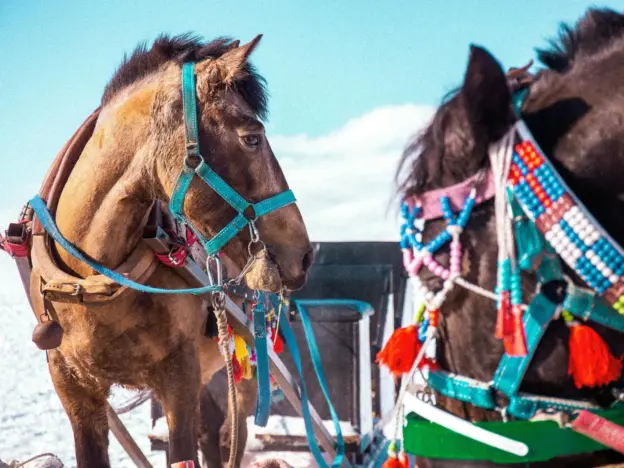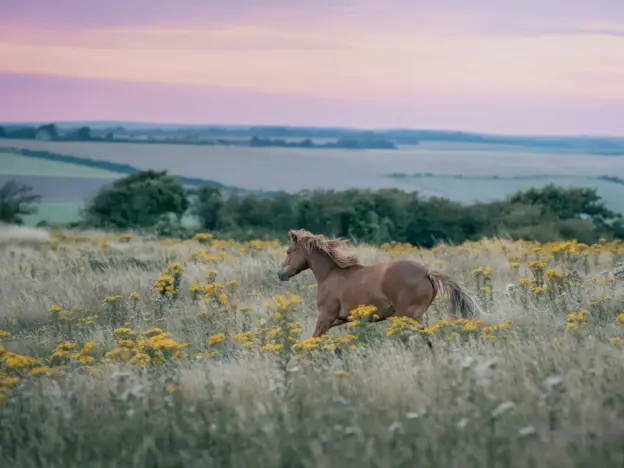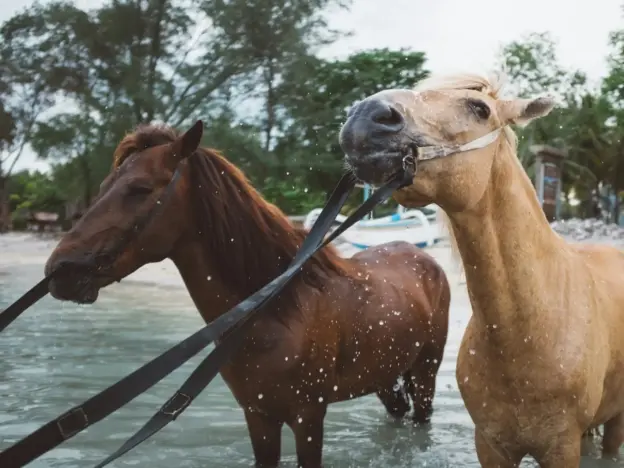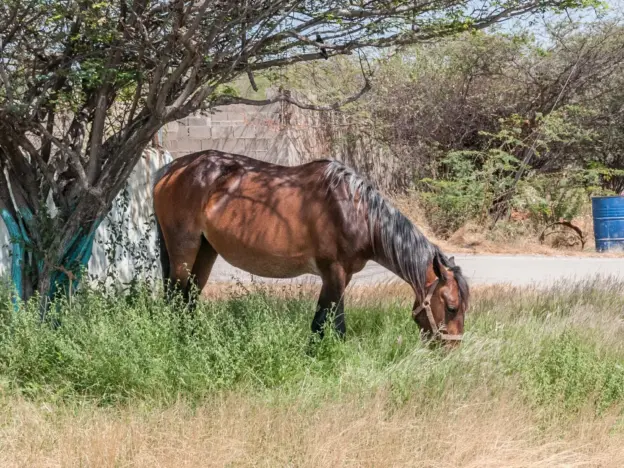Intro
Also called the Ardahan, the Malakin is the only heavy breed of horse native to Turkey.
Read more

Also called the Ardahan, the Malakin is the only heavy breed of horse native to Turkey.
Read more


Also called the Northland Pony, Nordland Pony, Nordlandshest and Lyngshest, the origins of the Lyngen Horse are a mystery.
Read more

A close brother to the mighty Andalusian, Lusitanian, Puro Sangue Lusitano or Lusitano horses share some of the oldest bloodlines around.
Read more

The Lundy Pony is named for the isle of Lundy in the Bristol Channel of England. There are no horses native to the cluster of islands there, so this breed was developed by the last private owner of Lundy Island.
Read more

The Lombok pony comes from the Indonesian island of Lombok and is very similar to the Macassar pony which is found in Sulawesi. The island was known for exporting their ponies to other islands during the 16th century and the Lombok probably has close ties to Java Ponies as the islands traded horses.
Read more

Also called Lokaiskaya, the Lokai is a saddle breed of Asian descent that is bred in central and southern Tajikistan. They were developed by the Uzbek Lokai tribe in the 16th century in an attempt to improve the native local breeds.
Read more

Also called Venezuelan Criollo and Prairie Horse, the Llanero comes from the animals brought to Buenos Aires by the Spanish (specifically Don Pedro de Mendoza) in 1535.
Read more

The Ljutomerski Kasac or Ljutomer Trotter comes from Ljutomer, Slovenia, an area famous for their horse breeding and trotting races.
Read more